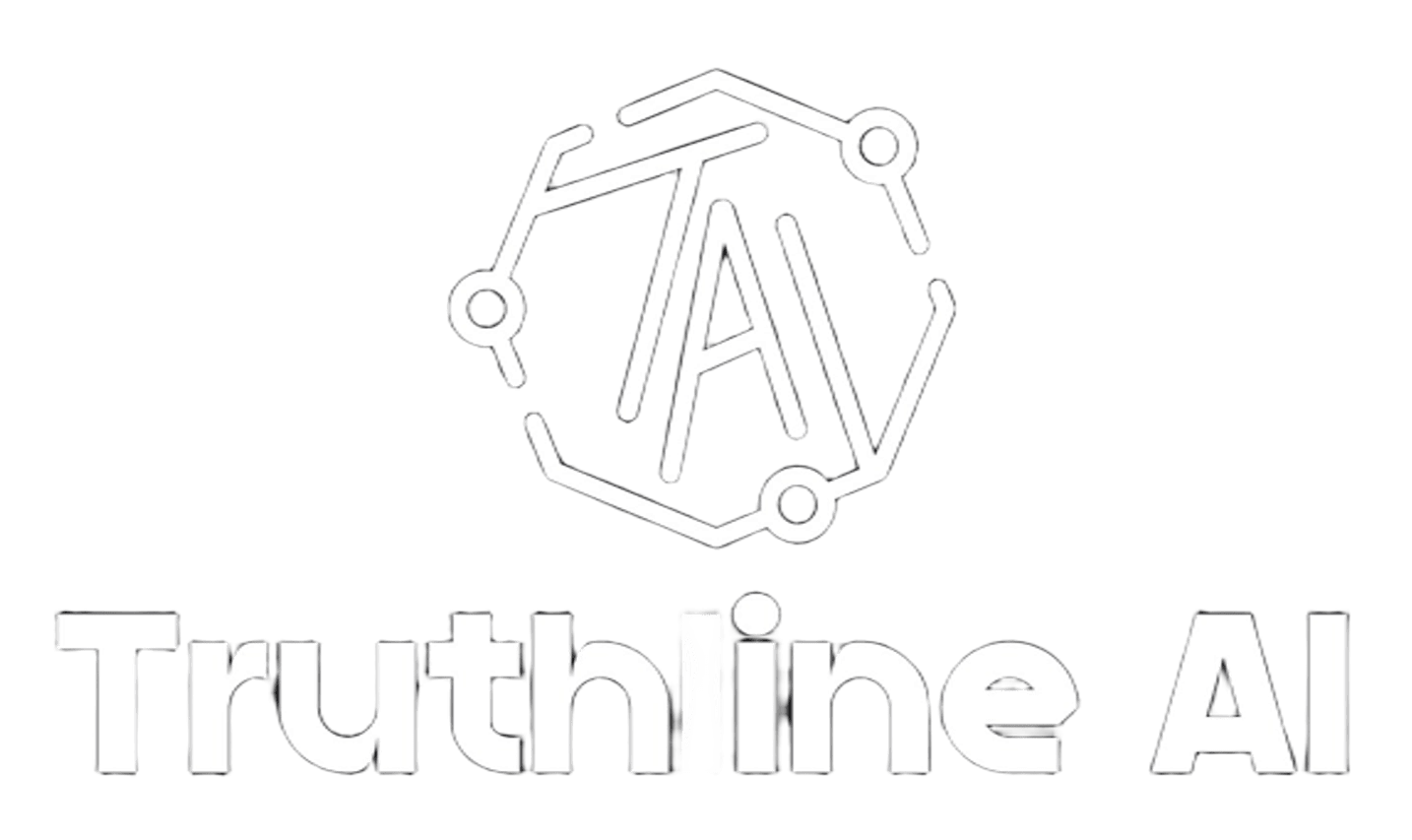Analysis of The Standard Newspaper -July 21,2025
Tone
The tone of The Standard on July 21, 2025, is predominantly critical and investigative, with a strong undercurrent of advocacy for accountability. The newspaper adopts a confrontational stance toward government institutions, particularly the DCI and NEA, portraying them as failing in their mandates due to political interference and negligence. However, it balances this with a hopeful tone in sections discussing civil society resistance, international support (like PEPFAR), and emerging political alternatives like David Maraga’s presidential bid.
Track
The newspaper’s reporting follows a consistent track of exposing governance failures, from law enforcement abuses to systemic healthcare and education neglect. It prioritizes human-interest angles, such as victims of fraud and defilement , to underscore institutional breakdowns. Simultaneously, it tracks political maneuvering and economic reforms , offering a broad yet interconnected critique of Kenya’s socio-political landscape.
Framing
The Standard frames its stories through a lens of democratic backsliding, emphasizing eroded freedoms, political weaponization of state agencies, and citizen vulnerability. It contrasts Kenya’s constitutional ideals with realities like judicial complicity and Ruto’s tribal appointments , framing these as betrayals of public trust. Even sports and international news are contextualized within broader themes of resilience or instability, reinforcing the paper’s narrative of systemic challenges.
Editorial Agenda
The editorial agenda is sharply reformist, advocating for institutional overhauls, judicial independence, and protection of civil liberties. It aligns with activist and opposition perspectives, notably in condemning Ruto’s administration while promoting figures like Maraga as alternatives. The paper also pushes for grassroots accountability, as seen in its focus on local crises and economic inclusivity .
Conclusion
The Standard positions itself as a watchdog, unflinching in its scrutiny of power while amplifying marginalized voices. Its coverage reflects a belief in journalism’s role to provoke change, blending exposés with calls to actionwhether for security reforms or healthcare equity . Ultimately, the paper portrays a Kenya at a crossroads, demanding urgent corrections to safeguard democracy and social justice.
